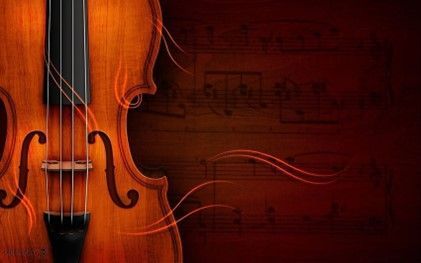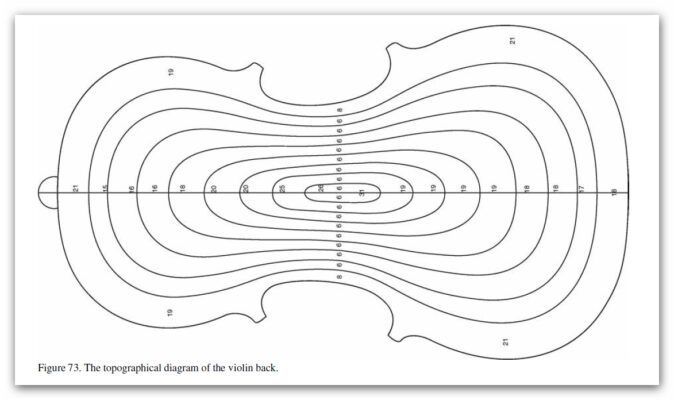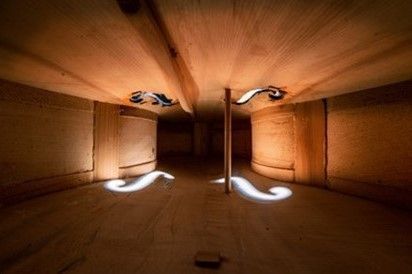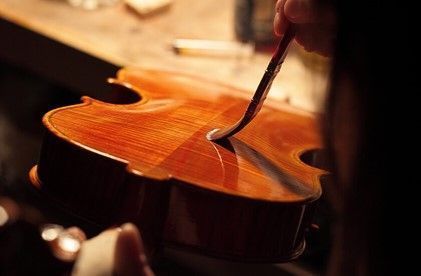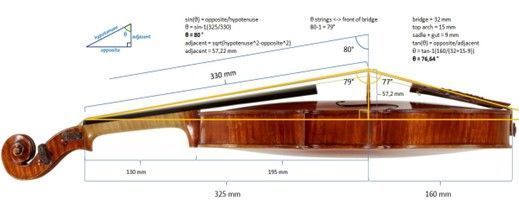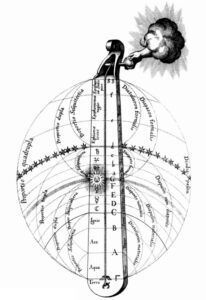Playing-In and Aging
Playing-in and aging violins is a process that involves developing and refining the instrument’s sound over time. It refers to the practice of regularly playing and using the instrument to enhance its tonal qualities and responsiveness. Aging, on the other hand, refers to the natural process of the instrument maturing and acquiring depth and complexity in its sound. Here’s a deeper exploration of the art of playing-in and aging violins:
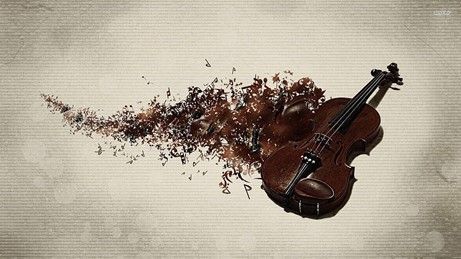
Playing-In
Sound Development:
Playing-in allows the instrument to reach its full sonic potential. When a violin is first made, the wood, strings, and other components may need time to settle and adjust. Through regular playing and vibration, the instrument’s components gradually adapt, leading to improved resonance, tonal balance, and responsiveness. The sound becomes more focused, open, and rich in overtones.
Varnish Patina:
Over time, the varnish on the instrument undergoes natural aging, acquiring a patina that adds depth and character to the violin’s appearance. It can develop a rich sheen, highlighting the wood’s grain and texture. This patina not only enhances the visual appeal but can also have subtle sonic effects, contributing to the instrument’s overall tonal quality.
Player Instrument Connection:
A connection is establishing between the musician and the instrument. As a musician spends time playing the violin, they develop a deeper understanding of its unique qualities, nuances, and responsiveness. This connection influences the musician’s ability to express themselves and fully explore the instrument’s expressive range.
Historical Significance:
Aging adds historical significance to the instrument. As the violin ages, it becomes a part of the instrument’s story and legacy. Violins that have been played and aged over generations often hold a special value and are sought after by musicians and collectors alike.
Physical Adjustments:
Through regular playing, the violin undergoes physical adjustments. The vibrations and pressure from the strings and bow impact the instrument’s wood, helping it to settle and optimize its sound production. This process can involve subtle changes in the instrument’s structural elements, leading to improvements in projection, clarity, and tonal complexity.
In Conclusion
It’s important to note that the process of playing-in and aging is gradual and can take years or even decades. Each violin responds differently to playing and aging, and the specific outcomes depend on various factors such as the quality of the instrument, wood selection, craftsmanship, playing style, and environmental conditions.
To facilitate the playing-in and aging process, it’s essential to provide proper care and maintenance for the instrument. This includes regular cleaning, appropriate humidity control, and professional adjustments as needed. Consulting with experienced violin makers and luthiers can provide valuable insights and guidance on optimizing the playing-in and aging process for an instrument.
Aging
Wood Maturation:
As a violin ages, the wood continues to mature and resonate, resulting in subtle changes to the instrument’s sound. The complex interplay between the wood fibers, varnish, and other components leads to the development of a more refined and mature tone. The aging process can bring out the instrument’s unique tonal characteristics, enhancing its warmth, depth, and complexity.
The art of playing-in and aging violins represents a symbiotic relationship between the musician, the instrument, and the passage of time. Through regular playing and the natural aging process, a violin evolves and develops its unique voice, allowing musicians to unlock its full expressive potential and create beautiful music for generations to come.
Address
3863B S. Campbell
Springfield, MO 65807
Phone

